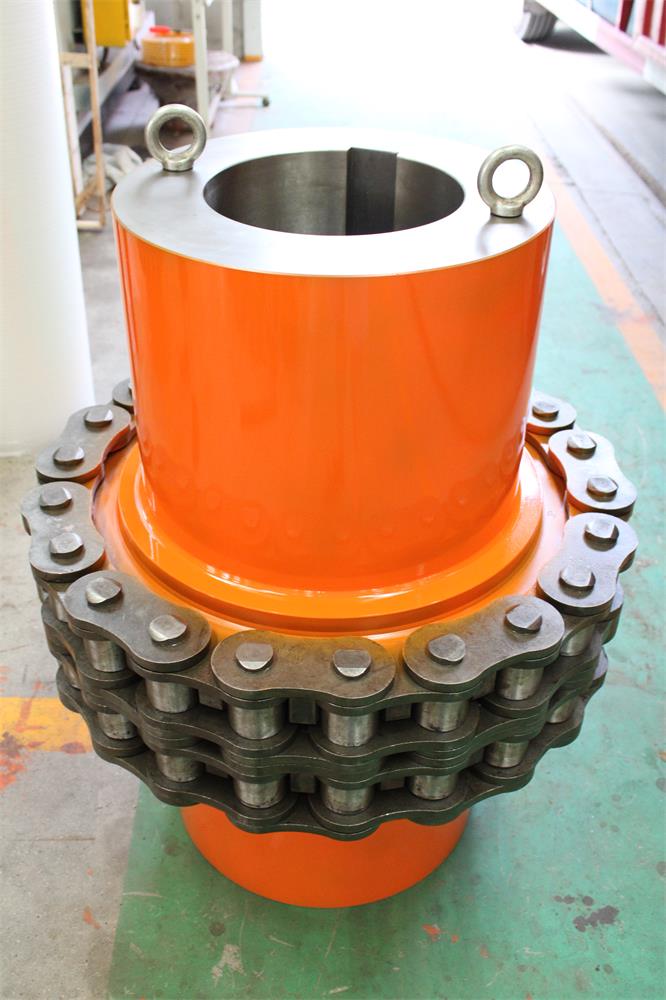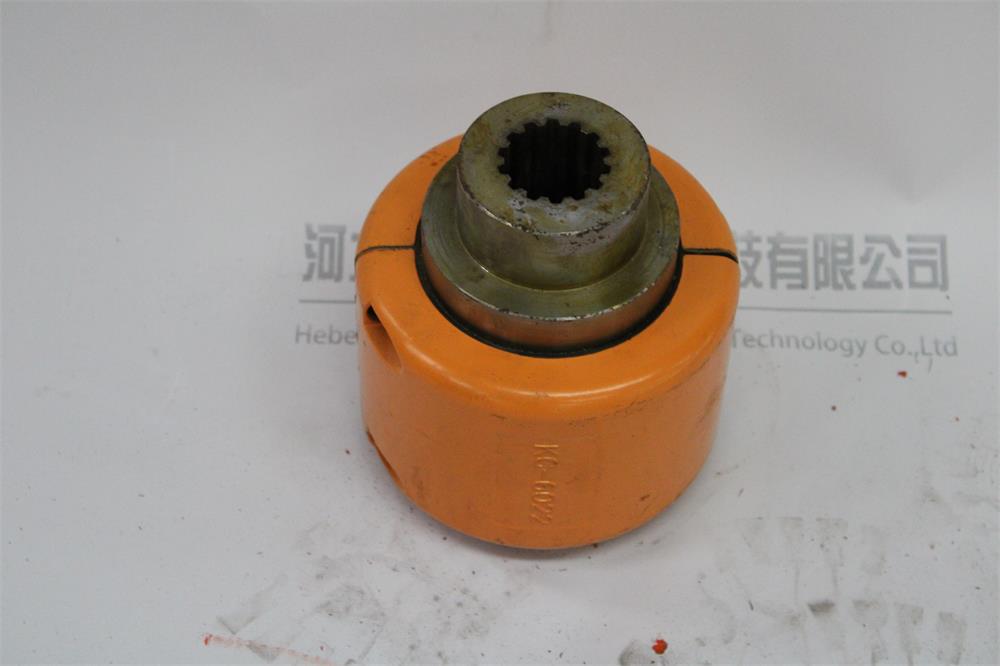Introduce:
A chain coupling is a mechanical transmission part that is often used to drive rotating parts in mechanical equipment. It consists of a series of chain rings and gears, and the power and torque are transmitted through the meshing between the chain rings and gears. The design of the chain coupling can be optimized according to different load requirements to achieve efficient and reliable transmission. At the same time, due to the simple design of the chain coupling and the ease of installation and maintenance, it is widely used.

More information about chain couplings:
1. Chain couplings can withstand high loads and can provide stable transmission performance at high speeds. 2. Chain couplings are usually composed of chain rings, gears, bearings, rivets and other components, which need to be lubricated and inspected frequently to ensure their normal operation. 3. The chain coupling can be custom designed according to load requirements and space constraints to achieve the best transmission effect. 4. Chain couplings are suitable for a variety of different applications, including industrial machinery, agricultural machinery, construction machinery, transportation equipment, etc. 5. When selecting a chain coupling, factors such as load, speed, transmission ratio, and axial offset need to be considered to ensure that the selected chain coupling can meet the specific application requirements.

Summarize:
The chain coupling is a mechanical transmission part, which is composed of chain rings and gears, and transmits power and torque through the meshing between the chain rings and gears. The chain coupling has the advantages of high load carrying capacity, stable transmission performance, simple and easy installation and maintenance, etc. It is suitable for a variety of different applications, including industrial machinery, agricultural machinery, construction machinery, transportation equipment, etc. When selecting a chain coupling, factors such as load, speed, transmission ratio, axial offset, etc. need to be considered to ensure that the selected chain coupling can meet the specific application requirements.
Contact: Spark Wang
Phone: 86-19932127135
E-mail: admin@rongxingcoupling.com
Add: North side of Planning 4th Road, Southern Industrial New Town, Jizhou District, Hengshui City, Hebei Province, China